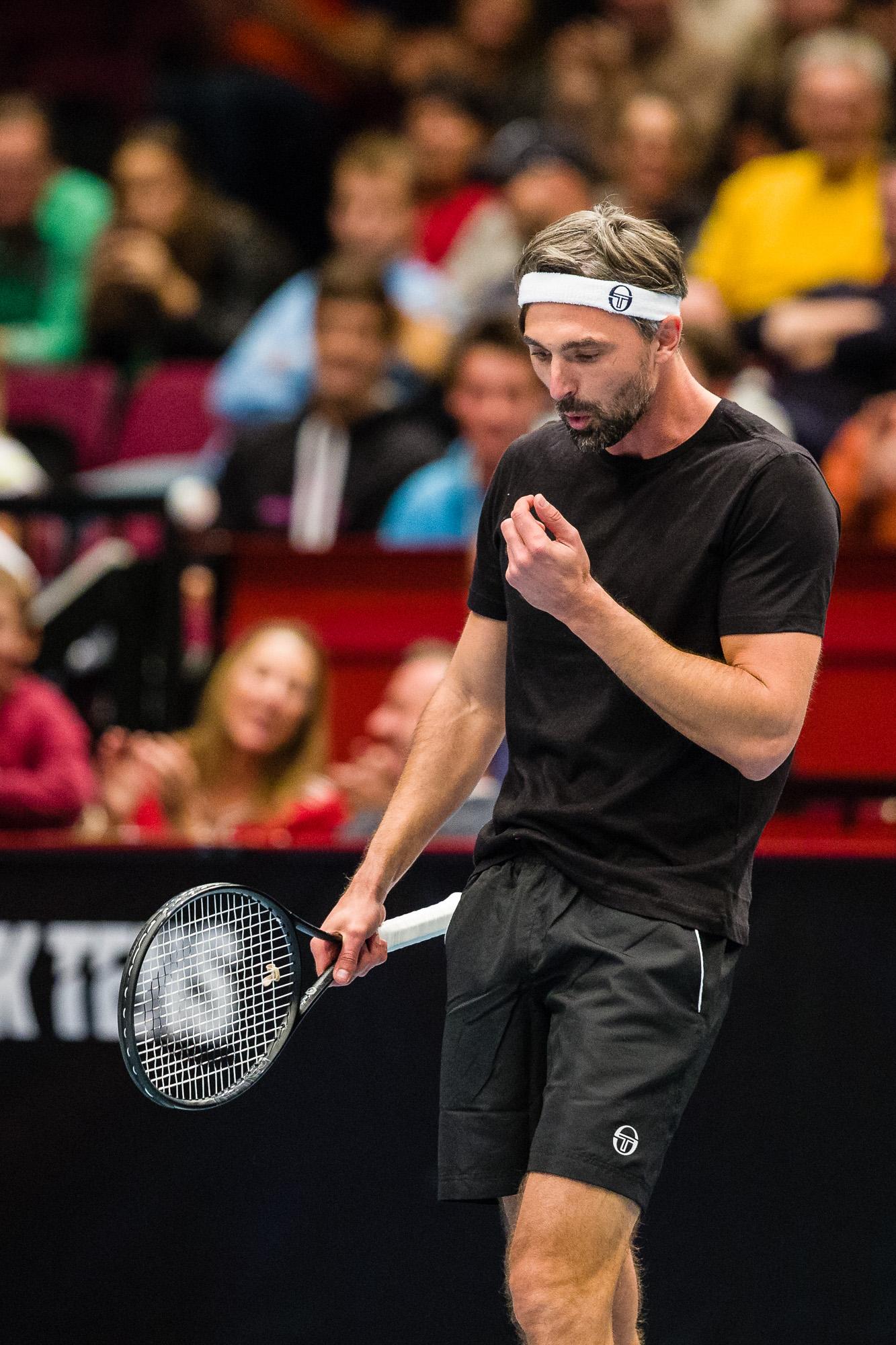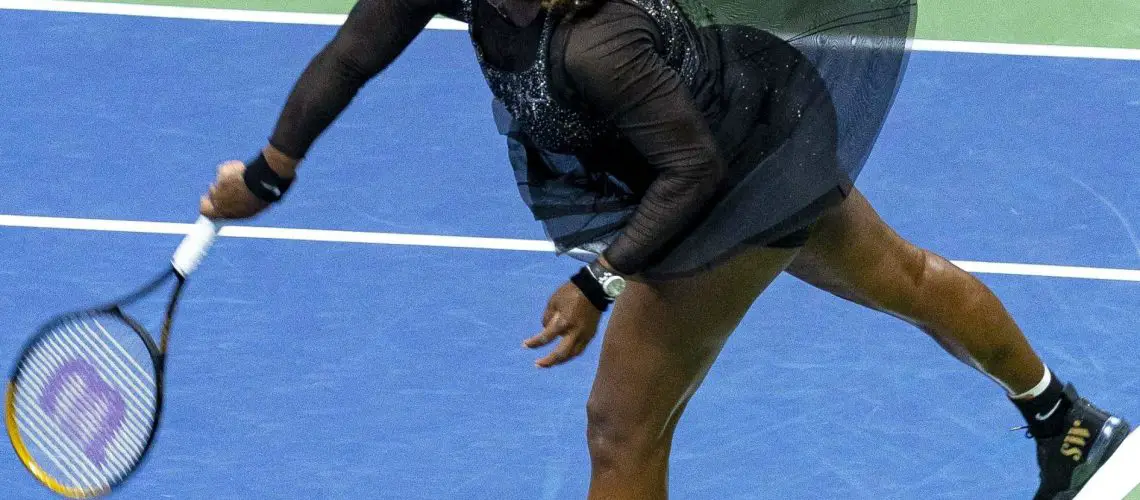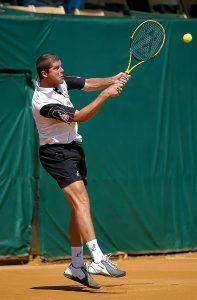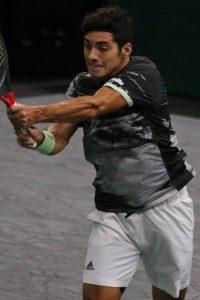We may earn money or products from the companies mentioned in this post.
Introduction to Tennis Tiebreaker

Definition of a tiebreaker in tennis
In the fast-paced world of tennis, matches can be intense and thrilling As players battle it out on the court, there comes a point when the score is tied, leading to the need for a tiebreaker A tiebreaker is a special game played to determine the winner of a set when the score reaches a specific threshold, usually 6-6 in games and 1-1 in sets In this crucial moment, both players have an equal opportunity to showcase their skills and mental strength as they strive to gain an advantage over their opponent
History and origin of the tiebreaker system
The tiebreaker system was first introduced in tennis during the 1970s as a means to resolve lengthy matches that could extend indefinitely due to traditional scoring methods Before its implementation, sets were decided by winning games until one player had a two-game advantage This led to marathon matches that could last for hours or even days, causing scheduling issues and player fatigue
The birth of the tiebreaker system brought much-needed excitement and efficiency to tennis matches Its introduction revolutionized the sport by providing a definitive way to determine set winners without compromising fairness or entertainment value
Purpose and importance of the tiebreaker
The purpose of implementing a tiebreaker in tennis is twofold: fairness and time management By introducing this decisive game, players are given an equal chance to prove themselves under pressure rather than relying solely on endurance or luck
Additionally, tiebreakers are vital for efficient tournament organization since they prevent matches from dragging on indefinitely They allow for better scheduling and ensure that subsequent matches can proceed as planned without excessive delays
The importance of the tiebreaker system extends beyond the players and organizers Fans eagerly anticipate tiebreakers, as they often provide nail-biting moments that can turn the tide of a match These intense and dramatic moments add to the excitement and thrill of watching tennis, making it a spectator sport like no other
Types of Tennis Tiebreakers

Traditional or “7-Point” Tiebreaker
When a tennis set reaches a 6-6 score, players engage in a traditional tiebreaker to determine the winner of the set This type of tiebreaker follows specific rules and scoring system In a traditional tiebreaker, the first player to reach seven points with at least a two-point advantage wins the tiebreaker and consequently, the set
The traditional tiebreaker is commonly used in both singles and doubles matches, adding an extra layer of excitement and tension to crucial moments in the game It provides players with an opportunity to showcase their skills under pressure while keeping spectators on the edge of their seats
To succeed in a traditional tiebreaker, players must maintain focus, control their emotions, and execute their shots effectively Strategies such as aggressive serving, consistent shot placement, and smart shot selection can give players an advantage and increase their chances of winning the tiebreaker
“10-Point” Match Tiebreaker (Champions’ Tiebreak)
In certain situations, instead of playing a full third set in tennis matches (singles, doubles, or mixed doubles), players participate in a match tiebreaker – also known as a Champions’ Tiebreak The match tiebreaker follows different rules and scoring system compared to the traditional one
In this format, players compete to be the first to reach ten points with at least a two-point lead The match tiebreaker is often used as a decisive final set when time constraints are present or during non-grand slam tournaments where shorter matches are preferred
Playing well in a match tiebreaker requires adaptability and quick thinking Players must evaluate their opponent’s weaknesses while capitalizing on their own strengths Maintaining composure during tight situations and taking calculated risks can help secure victory in a match tiebreaker
In conclusion, tennis tiebreakers offer an exciting twist to the game, providing intense moments for players and spectators alike Whether it’s the traditional 7-point tiebreaker or the 10-point match tiebreaker, understanding the rules and implementing effective strategies can pave the way to success on the court
Mental preparation and focus during high-pressure situations

In a tennis tiebreaker, mental preparation plays a crucial role in determining the outcome The pressure is intense, and your ability to stay focused can make all the difference Visualize yourself executing each shot with precision and confidence Take deep breaths to calm your nerves and maintain a positive mindset throughout the tiebreaker
The importance of first serves and minimizing double faults

When it comes to winning a tennis tiebreaker, serving effectively becomes paramount Your first serve gives you an opportunity to take control of the point right from the start Aim for power and placement, putting pressure on your opponent By consistently landing your first serves in, you increase your chances of winning crucial points Equally important is avoiding double faults – they not only gift points to your opponent but also dent your confidence
Aggressive play vs conservative play: finding the right balance

Finding the right balance between aggressive play and conservative play is essential in a tennis tiebreaker While aggression can help you seize opportunities and put pressure on your opponent, excessive risk-taking may lead to unforced errors On the other hand, playing too conservatively might allow your opponent to dictate the game It’s important to assess each situation carefully and strike a balance based on factors like court conditions, opponent’s style of play, and momentum
Targeting opponents’ weaknesses and exploiting them during crucial points

An effective strategy in winning a tennis tiebreaker involves studying your opponent’s weaknesses and exploiting them at critical moments Identify their vulnerabilities – whether it’s a weak backhand or difficulty handling high balls – and tailor your shots accordingly By capitalizing on their weaknesses during pivotal points in the tiebreaker, you can gain an advantage that may ultimately lead to victory
Conclusion: Embracing the Challenge of Tennis Tiebreakers

Tennis tiebreakers are a crucial aspect of competitive tennis, providing an exciting and intense way to determine the outcome of a set Understanding how they work is essential for players who aspire to succeed in this sport In summary, tiebreakers are used when the score reaches a certain point in a set, typically 6-6 They consist of a series of points played until one player or team reaches seven points with a two-point advantage
Summarizing key information about tennis tiebreakers
In tennis, tiebreakers are utilized to break the deadlock in sets that reach a certain score Rather than playing out an entire additional set, players engage in an accelerated game to determine the winner efficiently The first player or team to reach seven points with at least a two-point lead emerges as victorious
Understanding the role they play in competitive tennis
Tiebreakers add suspense and excitement to matches while ensuring that games do not become excessively long They provide an opportunity for players to showcase their mental fortitude and strategic skills under pressure By incorporating tiebreakers into their gameplay, tournaments can maintain schedules and prevent matches from stretching on indefinitely
Encouraging readers to practice their skills to master tennis tiebreakers
To truly excel in tennis tiebreakers, practice is essential Players should focus on developing their serving accuracy, shot selection, and ability to remain composed during high-pressure situations By honing these skills through regular training sessions and match play, individuals can increase their chances of success when facing tiebreaker scenarios
In conclusion, embracing the challenge of tennis tiebreakers is necessary for any serious player aiming for success on the court By understanding how they work, recognizing their importance in competitive tennis, and dedicating time to practice, individuals can elevate their game and navigate tiebreakers with confidence So, grab your racket, hit the courts, and embrace the thrilling world of tennis tiebreakers!
Useful Links

What is a super tiebreak in tennis, rules, points and how is it …
Tennis final set tie-break rules explained: Why changes …
Standard Tiebreak for Tennis
How to Play a Tiebreaker, History, and More
Tennis Tie-breaks Made Easy
Tennis – meaning, rules, scores, super tiebreak and more
Rules For Playing a 10 Point Tie Break
Tiebreaker Rules and Scoring System at the 2023 …
What is a Tiebreak in Tennis?
The COMAN Tiebreak Procedure:
Coman Tiebreak – Greater Fort Worth Tennis
How To Record A Tiebreak – Support – Universal Tennis
Rules, Scoring and the Comen Tiebreaker
What Is A Tie Break In Tennis?
Procedure for the Traditional Tennis Set Tie-breaker
Traditional Tiebreaker Rules
The End of the Endless Final Set: Grand Slams Adopt …
Grand Slams to test 10-point tiebreak in final set at all four …
Grand Slams will test 10-point tiebreaker in final sets …






